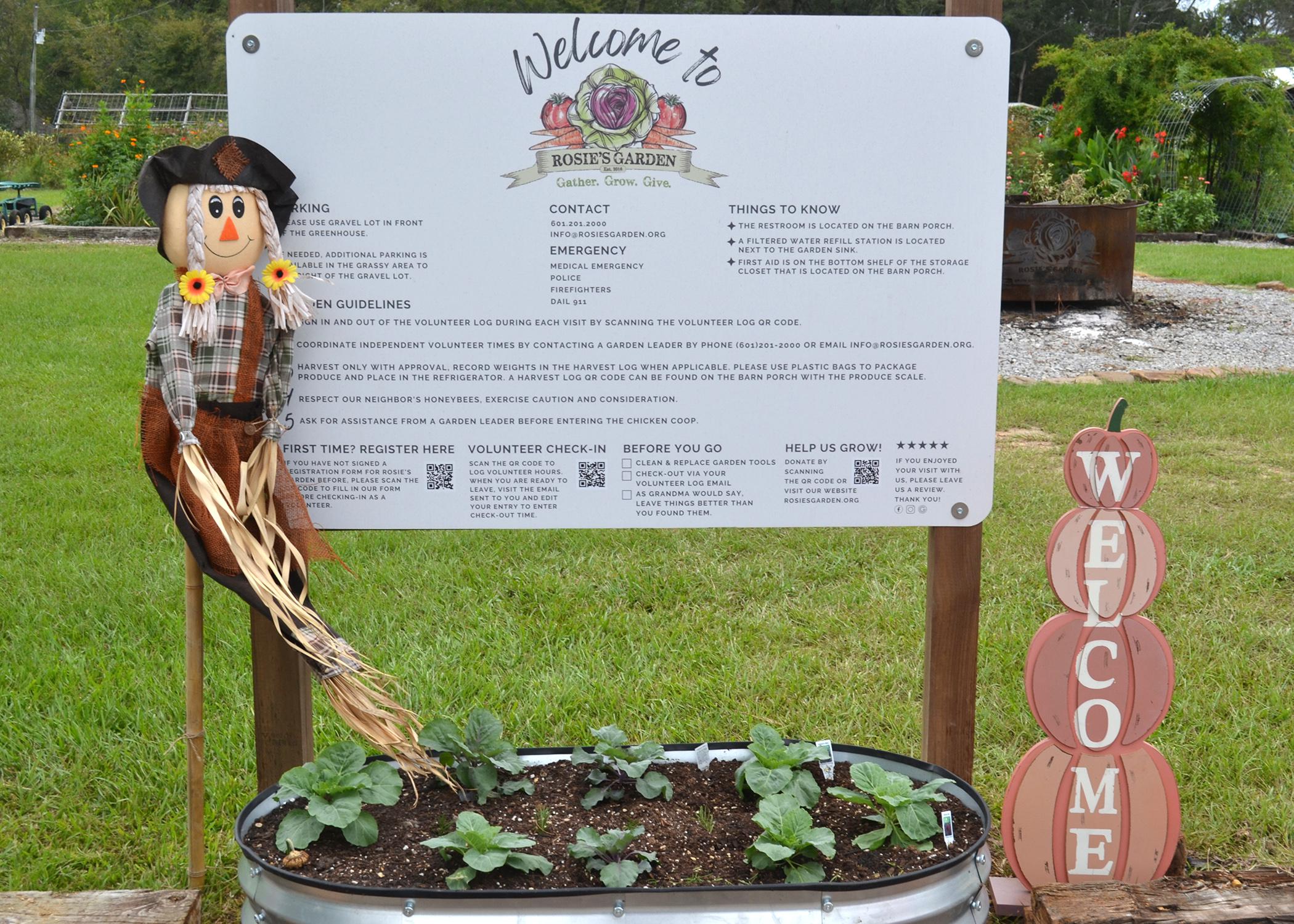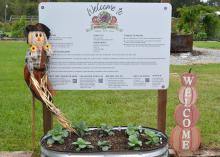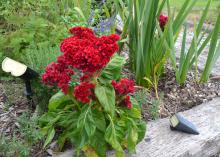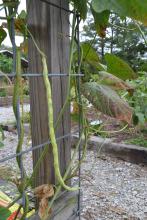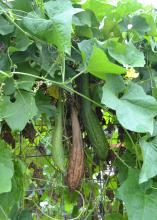Volunteer-run Rosie’s Garden feeds the needy
I recently visited Rosie’s Garden in Brandon, a community space where volunteers cultivate a deeper appreciation for how food is grown while also helping to provide fresh produce to those in need.
The garden features 36 raised beds arranged in the shape of a cross, offering a diverse array of vegetable crops, herbs and flowers designed to attract pollinators.
As I stepped into the garden, my attention was immediately drawn to a striking red Celosia, commonly known as Cockscomb. Its twisted, plume-like flowers in a vibrant crimson create a bold and ornamental display.
Their curly, textured blooms add a dynamic contrast to the structured garden beds.
To grow Celosia successfully and encourage vibrant, healthy blooms, it is essential to provide full sunlight -- at least 6-8 hours per day. Celosia thrives in well-draining, fertile soil with a slightly acidic to neutral pH. If planting in containers, ensure they have proper drainage.
Start seeds indoors 6-8 weeks before the last frost or sow them directly outdoors after the danger of frost has passed. Once the seedlings are ready, transplant them into the garden when soil temperatures reach around 60-65 degrees.
Space them 8-12 inches apart to promote air circulation. Consistent moisture is key, so water the plant regularly at the base to keep the soil moist but not waterlogged.
While Celosia can tolerate some drought, it flourishes with regular watering during dry spells. Fertilize monthly with a balanced, slow-release fertilizer to support continuous flowering. Avoid over-fertilizing, as it can result in excessive foliage at the expense of blooms.
Elsewhere in the garden, Luffa vines with their sprawling growth were covered in large, bright yellow flowers, attracting numerous pollinators. These vines can grow up to 30 feet long and need sturdy support like a trellis or fence.
Luffas can be harvested at two stages. When the fruits are young, tender and 6-12 inches long, they can be cooked and eaten like zucchini. They have a mild flavor.
For sponge production, allow the gourds to fully mature and dry on the vine, which typically takes 90-120 days. The outer skin turns brown, and the gourd will become lightweight. After harvesting, peel off the skin, remove the seeds, and rinse the fibrous interior.
To lighten the sponges, soak them in a mild bleach solution and leave them to dry completely.
While luffas are generally hardy, they can sometimes attract pests like squash bugs or can suffer from powdery milder. Regularly monitor their health and make sur they have good air circulation.
On another side of Rosie’s Garden, a trellis supports a lush crop of Japanese long beans, also known as yard-long beans or Chinese long beans. These beans can grow up to 18 inches long and are prized for their crisp texture and impressive size.
To grow them successfully, start by choosing a location with full sun, as they require at least 6-8 hours of sunlight per day. They thrive in warm climates, ideally in U.S. Department of Agriculture hardiness zones 7-10.
They prefer well-draining, loamy soil with a pH of 6.0 to 7.5. Add compost or organic matter to the soil to help improve its nutrient content and drainage. Since these beans are vigorous climbers, it’s essential to provide them with a sturdy trellis or fence to support their sprawling vines, which can grow 8-12 feet long.
The garden has an abundance of other crops, including okra, tomatoes, eggplants, watermelons and cantaloupes.
Rosie’s Garden is a wonderful place to witness the beauty and productivity of nature. If you’re ever in Brandon, it’s well worth a visit to see what’s growing and to experience the garden’s inspiring mission.

